Optimal Timing for Culvert Repairs

Spring is ideal for assessing culverts after winter to identify damage caused by freeze-thaw cycles.
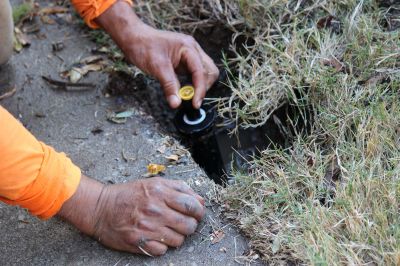
Summer offers dry conditions, making it easier to perform repairs and inspections without weather delays.
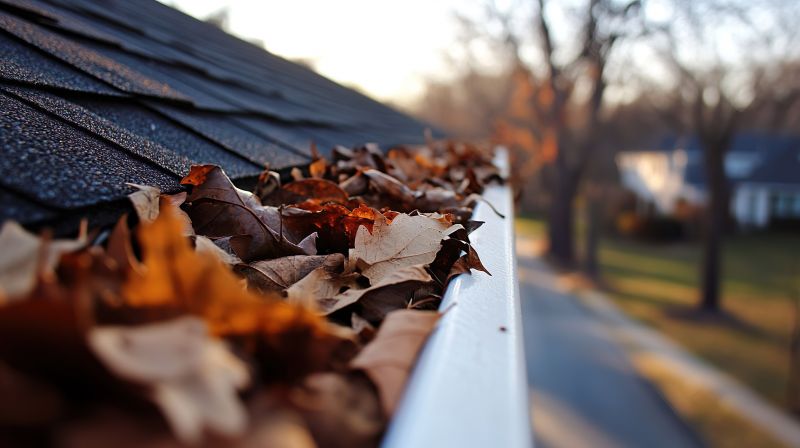
Fall allows for repairs before winter, reducing the risk of issues during snow and ice accumulation.
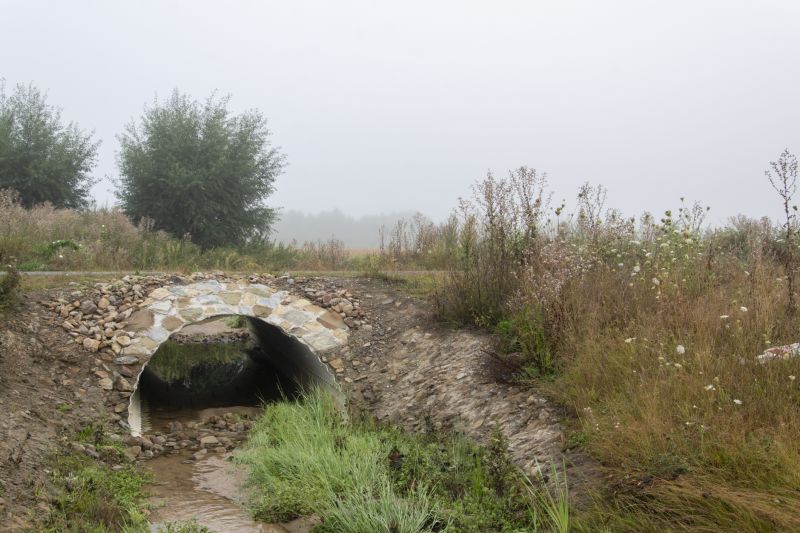
Ways to make Culvert Repairs work in tight or awkward layouts.
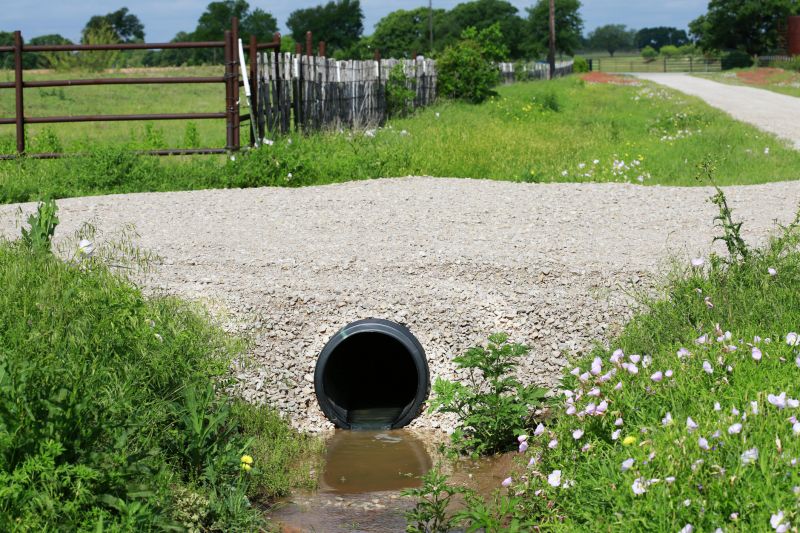
Popular materials for Culvert Repairs and why they hold up over time.
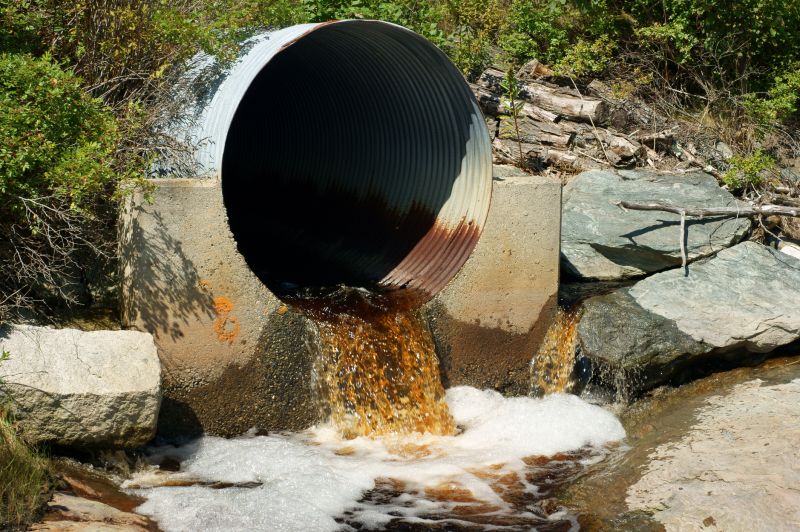
Simple add-ons that improve Culvert Repairs without blowing the budget.
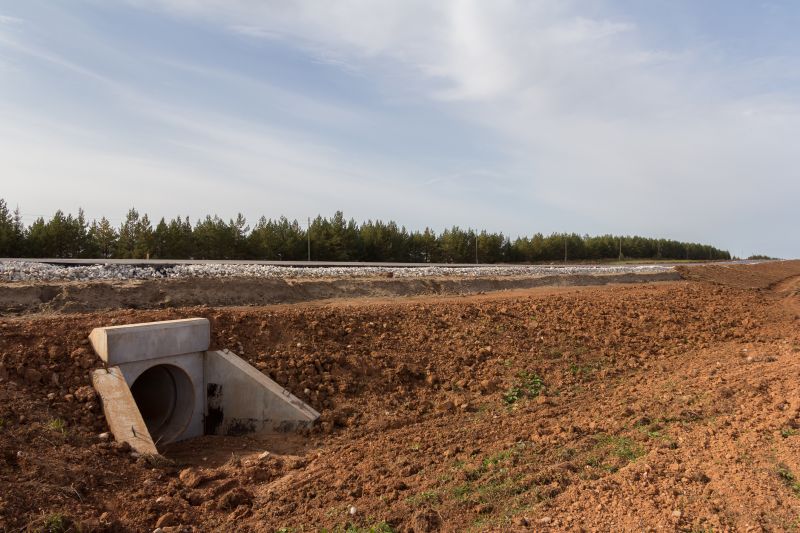
High-end options that actually feel worth it for Culvert Repairs.

Finishes and colors that play nicely with Culvert Repairs.
Culvert repairs are essential for maintaining proper water flow and preventing erosion or flooding. The timing of repairs can significantly impact their effectiveness and longevity. Seasonal considerations, weather conditions, and the presence of water flow influence the optimal period for conducting repairs. Proper timing ensures minimal disruption and reduces the risk of additional damage.
Statistics indicate that performing culvert maintenance during dry seasons can decrease repair costs by up to 30%. Additionally, inspections during low-flow periods allow for more thorough assessments. Planning repairs during favorable weather conditions enhances safety and efficiency, leading to longer-lasting solutions.
Spring and fall are preferred for inspections and repairs due to moderate weather and water flow conditions.
Avoiding repair work during heavy rain or snow minimizes risks and ensures better access to the site.
Timing repairs when water levels are low reduces the chance of work delays and water damage.
Completing repairs before winter prevents issues related to ice buildup and runoff.
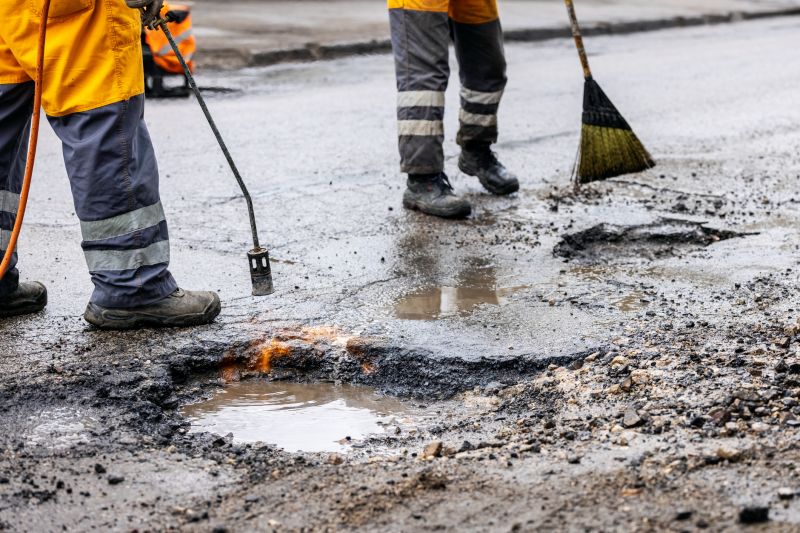
Workers performing repairs with minimal water flow present.

Dry weather facilitating access and repair activities.
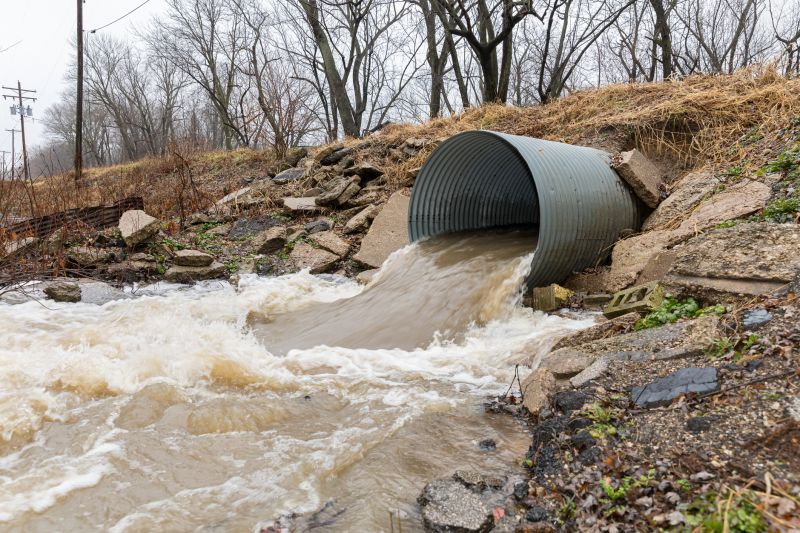
Assessing culverts during low water levels for better visibility.
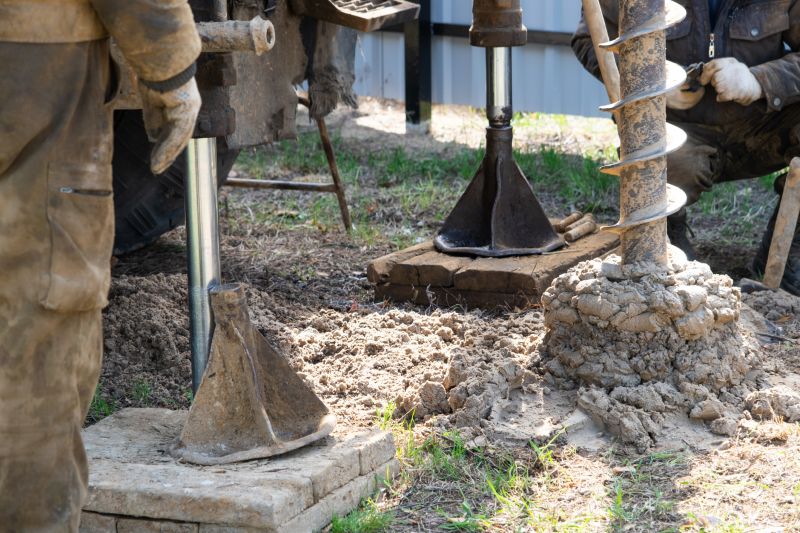
Tools and machinery ready for installation and maintenance.

Little measurements that prevent headaches on Culvert Repairs day.
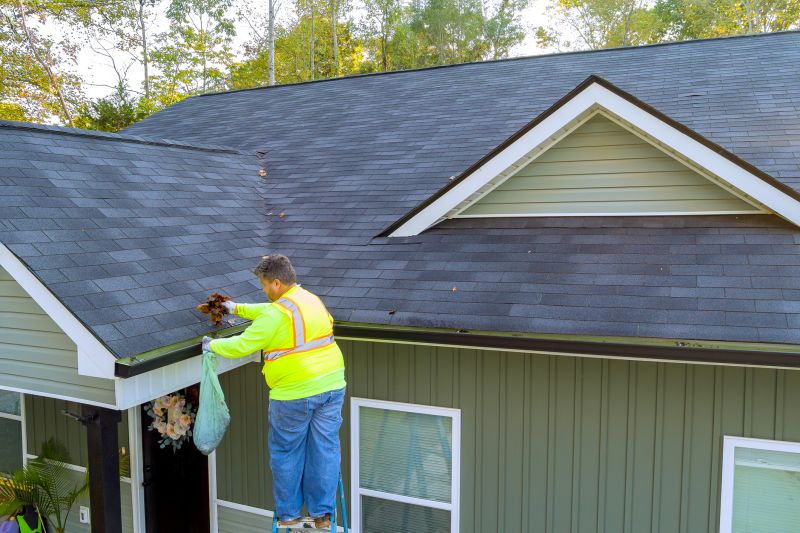
A 60-second routine that keeps Culvert Repairs looking new.

A frequent mistake in Culvert Repairs and how to dodge it.

Small tweaks to make Culvert Repairs safer and easier to use.
| Season | Optimal Activities |
|---|---|
| Spring | Inspection and minor repairs after winter damage. |
| Summer | Major repairs and maintenance during dry conditions. |
| Fall | Preparation for winter, sealing, and reinforcement. |
| Winter | Limited repair activities, focus on emergency fixes. |
| Late Fall | Final checks before snow and ice accumulation. |
Timely culvert repairs are vital for infrastructure integrity and flood prevention. Proper planning based on seasonal conditions can improve repair outcomes, reduce costs, and extend the lifespan of culverts. Regular inspections and maintenance during appropriate periods ensure reliable water management and safety.

Technicians examining culverts during dry season.

Prepared culvert area ready for repair work.
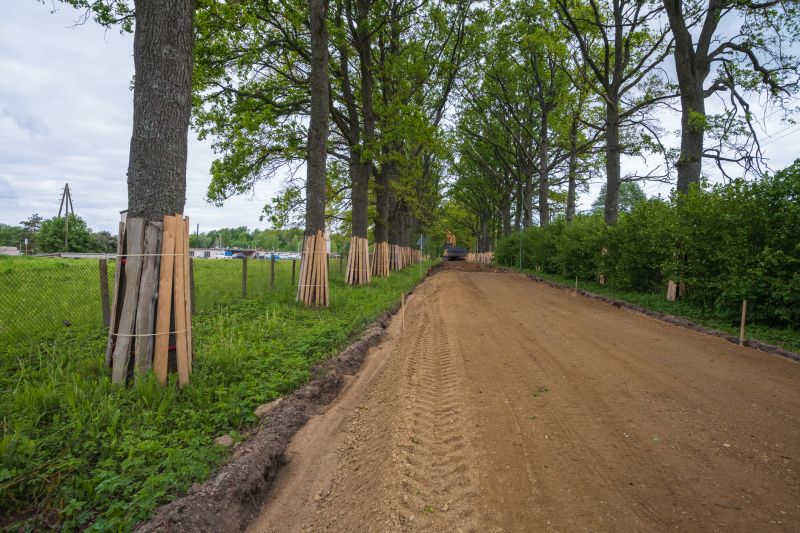
Heavy machinery used for culvert repairs.
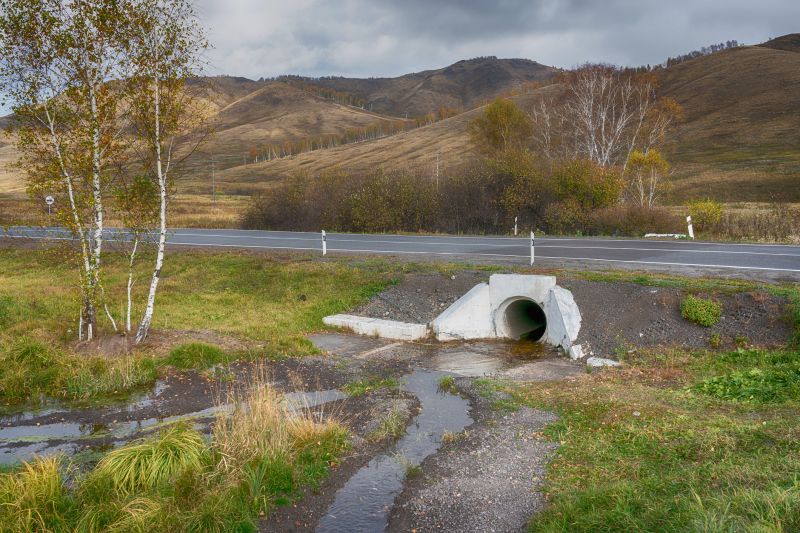
Lower-waste or water-saving choices for Culvert Repairs.

The short, realistic tool list for quality Culvert Repairs.

Rough timing from prep to clean-up for Culvert Repairs.

Quick checks and paperwork to keep after Culvert Repairs.

Examples that show the impact a good Culvert Repairs can make.
Interested in culvert repairs? Filling out the contact form can provide more information on scheduling and planning repairs during the ideal seasonal window for optimal results.



